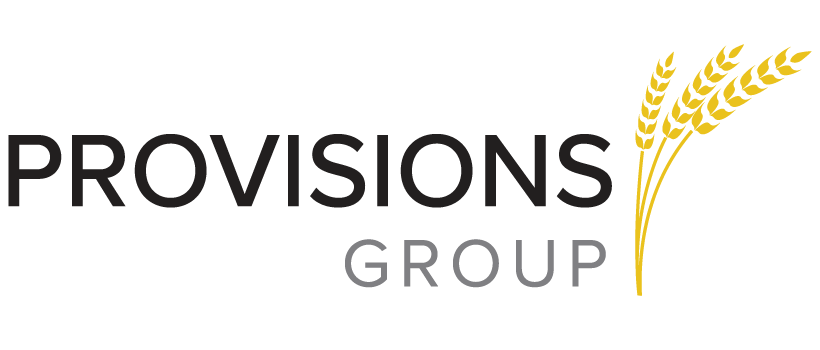End-to-end IT solutions for healthcare organizations.

Hiring Trends Taking Shape for 2023
The future of work is here, and it's a big deal. We're seeing an uptick in remote work, gig workers, and people continuing to work after the average retirement age. These hiring trends will majorly impact how companies hire and staff their teams over the next decade. So what does this mean for your company? Well, if you want to stay competitive in the future—which we assume you do—then it's time to start thinking about what these staffing trends mean for your company.
Remote work will reach a tipping point.
Remote work is becoming more common, and employers are increasingly open to allowing their employees to work remotely. As a result, remote work will continue to become more popular and eventually become the norm.
In fact, by 2023, we'll see a tipping point where organizations finally realize they don't need physical offices anymore because they can easily connect with their colleagues worldwide through modern technologies like video conferencing software and other remote collaboration tools.
Teams fully appreciate the benefits of virtual.
Virtual staff members are more productive, flexible, agile, and innovative. They are also more independent. They can work from home or anywhere in the world where they have internet access. They can travel for work, even to different countries, without worrying about returning to the office daily or being tied down by a lease on office space.
Workload will drive hiring trends.
To meet the increased workload, companies are increasing the number of staff. But this will only go so far because, as we've seen, there is more technology to manage and process than ever before. There is also an increase in risk and compliance requirements due to recent regulations implemented during the current economic downturn.
So, what can you do? How can you ensure that your company remains competitive while complying with new laws? The answer lies in finding qualified employees, contractors, or maybe even staff augmentation firms, who can handle today's complex business environment.
Gig workers will become more integrated with companies
Gig workers are a great way to fill in gaps. Companies can hire gig workers for short-term projects or those needing a specific skill. If a company needs someone with knowledge of particular software or expertise in marketing, they can find the right person through companies that offer contracting services, like Provisions Group’s ConciergeIT services. This is beneficial both for the company and for its employees. For example, hiring full-time employees would be costly and inefficient if an employer's workforce is small. Instead, they can hire contractors as needed while still having access to their skillset when necessary - without having to commit long-term resources (such as salary).
Baby boomers are stretching retirement.
Baby boomers are the largest generation in history and live longer than previous generations. This leads to delayed retirement, which has been cited as one of the main reasons for the slow employment growth in recent years. In fact, according to a survey by Gallup's U.S. Daily Poll, more than half of baby boomers (55%) say they plan on working past age 65 or have already done so.
It's also changing the way we think about retirement. No longer is it seen as an event happening at 65; instead, it represents a transition from full-time to part-time work and, on a much rarer occasion, no work at all. How this hiring trend will affect individuals for years to come? Time will tell.
Full-time employees will be paid for their time off.
While most businesses still operate with a model that pays employees for their time at work, many companies find that offering employees paid time off is a better model for supporting their overall well-being. In addition to the benefits provided to employees when they have access to paid time off, employers can also benefit if they use it wisely. Business owners should consider managing time off requests from their team members so they don't overschedule them (e.g., "I'm sorry, but our schedule doesn't allow us enough time right now"). They should also think about how often people need breaks from work—for example, some people may only want one day per week where they don't check email after hours.
Minimum wage is rising too fast.
The minimum wage is rising too fast. Employers are being forced to increase employee wages, but they don't have the money to do it. They will need to find ways to cut costs and improve productivity to afford higher wages. This hiring trend could have a major impact on businesses.
Employers will also need to find ways to increase employee retention, as there are more candidates for every job than ever before.
The war for talent will continue to rage on.
It's an unpleasant fact: the war for talent will continue to rage on. This is, by far, the scariest hiring trend for small businesses.
As the talent shortage becomes more pronounced, employers must be proactive in their recruitment practices. They'll need to take risks and be creative in their recruitment practices, competitive in their recruitment practices, and innovative in their recruitment practices.
Employers need to think ten years ahead about staffing trends.
Now is the time to start thinking about the future and these staffing trends. One of the best ways to prepare for what's coming is by being flexible and adaptable, which means hiring for skills and potential. You might have a need today that doesn't exist yet; you may have jobs open in five years because of technological advances or changes in legislation. Having employees with a wide range of experiences and backgrounds can be invaluable when facing these unknowns head-on.
Another essential thing employers should do is rethink their recruitment strategies. More people are looking at careers outside their industry than ever before. Now's an ideal opportunity to think about how you're reaching out to potential candidates who may not even realize they're interested in what your company does and how things like live streaming interviews could help you find them faster than ever before!
As we've seen, the staffing trends in employment are changing rapidly. If you're an employer, you must keep up with these changes and adapt your business strategy accordingly. If you're an employee, knowing your options is essential so that when the time comes for change, you can make informed decisions about what will work best for your future career path. If you’re looking for new opportunities, please check out our job postings. What hiring trends are you seeing?

